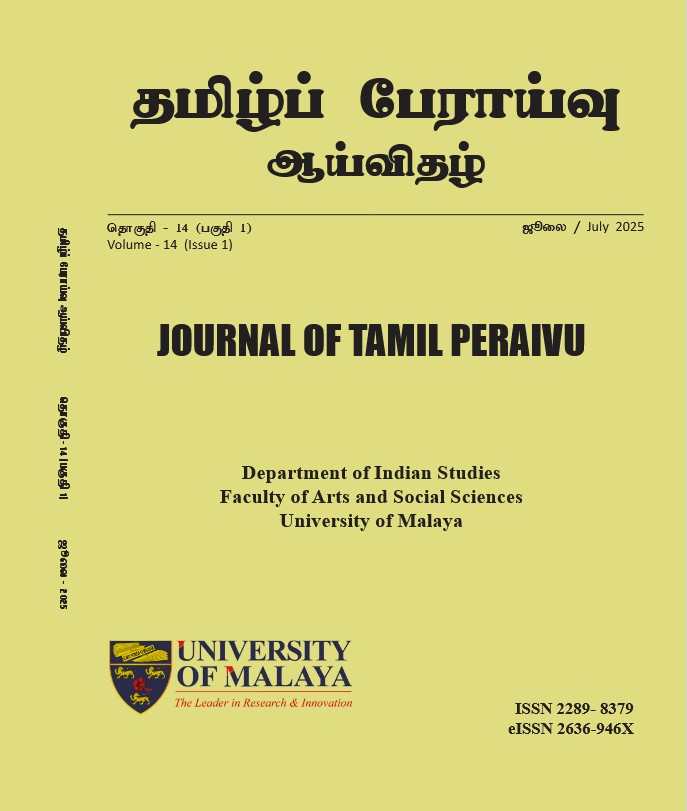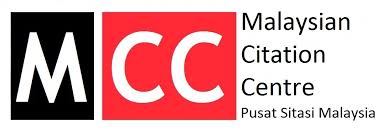தமிழ் படைப்புகளை மலாய் மொழிக்கு மொழிபெயர்ப்பதில் ஏற்படும் சிக்கல்கள் : ஒரு மொழியியல் மற்றும் கலாச்சார ஆய்வு
Challenges In Translating Tamil Creative Literature Into Malay: A Linguistic and Cultural Analysis
DOI:
https://doi.org/10.22452/JTP.vol14no1.10Keywords:
Creative translation, Tamil language, Malay language, Linguistic challenges, Cultural elements, Idioms, Translation fidelityAbstract
Translating Tamil creative works into Malay presents a complex and challenging endeavor that demands not only linguistic proficiency but also a deep cultural sensitivity. It is not merely about changing the language, but demands attentiveness to linguistic differences and cultural comprehension. This study explores the primary challenges encountered in the process of translating Tamil literary texts into Malay, focusing particularly on issue related to linguistic disparity, idiomatic translation, cultural context, and the preservation of literary beauty.Translation often faces a dilemma between maintaining the authenticity of the text and ensuring that its message is easily understood by the target reader. This creates a tension between loyalty to the source text and understanding the aesthetics of the language. Similarly, cultural symbols may only be understood within the context of specific communities.The analysis reveals a clear tension between the need to remain faithful to the original text and the need to ensure the target readers comprehension. For instance, many Tamil proverbs carry rich, layered meanings that do not have direct equivalents in Malay. Likewise, certain cultural symbols or references may only be meaningful within specific communities, making it difficult for them to resonate with a broader readership.The author proposes several strategic recommendations, such as the use of bilingual cultural glossaries, intercultural translation training, and collaboration between translators and original authors. It is hoped that this study will contribute to the development of higher quality creative translation practices in our country, where multilingualism and multiculturalism coexist, such an approach to translation can serve as a powerful tool for cultural preservation, literally appreciation, and national integration.



